The Designers Who Know What Women Want

One of Maria McManus’s customers—a “fabulous L.A. woman,” as the Irish-bred, New York-based designer describes her—recently confided to her that she has two dry cleaners: one whom she entrusts with her Maria McManus clothes, and one for the rest of her wardrobe. “I’m sure she owns incredible brands,” McManus says. “So I was deeply honored that I was part of the chosen few.”
That kind of loyalty can’t be bought, no matter how many marketing dollars you throw at it. McManus is one of a handful of designers who might not have their names on billboards, but who have painstakingly built a following, becoming a hit with discerning shoppers who prefer realism to runway theatrics. Many of these brands are led, or co-led, by women: Elin Kling of Toteme, Camille Perry and Holly Wright of Tove, Marieke Meulendijks of Róhe, and Frances Howie of Fforme, for example. They lean minimalist, but with enough design innovation to create desirable friction. And they’re modular in nature: Rather than overhauling their aesthetic every season, they keep gradual wardrobe-building in mind, offering new pieces that complement their existing staples.
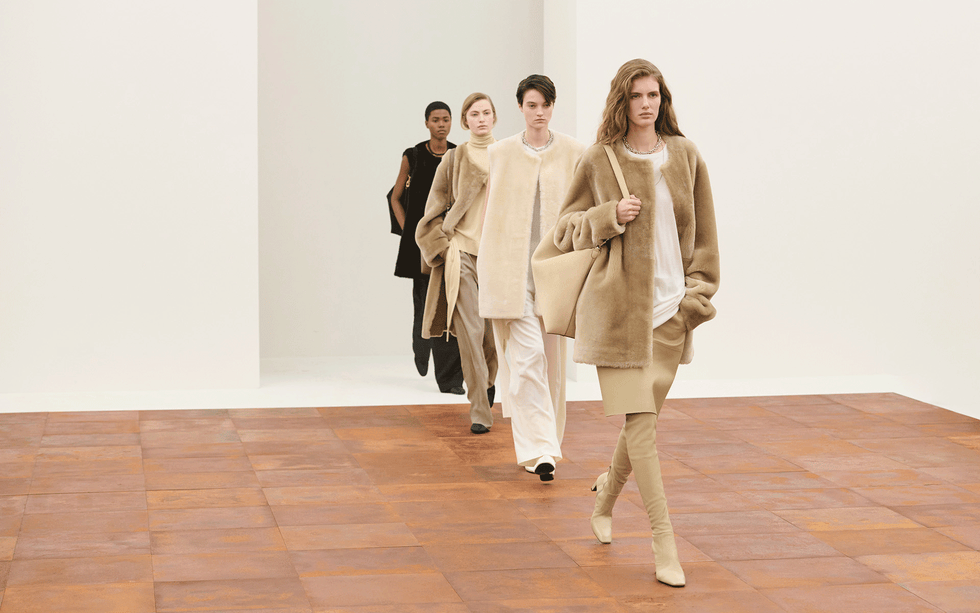
Toteme fall 2025.
For Howie, what she sees on the catwalk doesn’t always reflect the reality of contemporary women’s lives. “If you think about how much change has happened in the last 80 years, the way that women work and juggle a million things, I think we demand something more from our wardrobes,” she says. Howie took over at the brand last July and debuted with a fall 2025 collection that actually achieved the editorial trope of “going from day to night.” For pre-spring 2026, she introduced looks like a white two-piece set in frayed silk. “You could pick up your child from school and look rather fabulous, or you could go to a wedding” in it, she says. Another multitasking hero piece, a red trench with a pleated back detail, goes through a Cinderella-style transformation if you remove its bolero, turning it into a sleeveless dress.
Howie remains mindful not just of what her designs look like, but what they feel like, something Alber Elbaz inculcated in her when she worked for him at Lanvin. She recalls that Elbaz held model fittings in front of a wall of mirrors to see how a dress would look and move in real life. “He didn’t really fit the dress. He fitted her in the dress. There’s a difference.” Now her team prioritizes comfort: “I don’t want to look amazing, and actually be suffering. That’s not luxurious to me.”
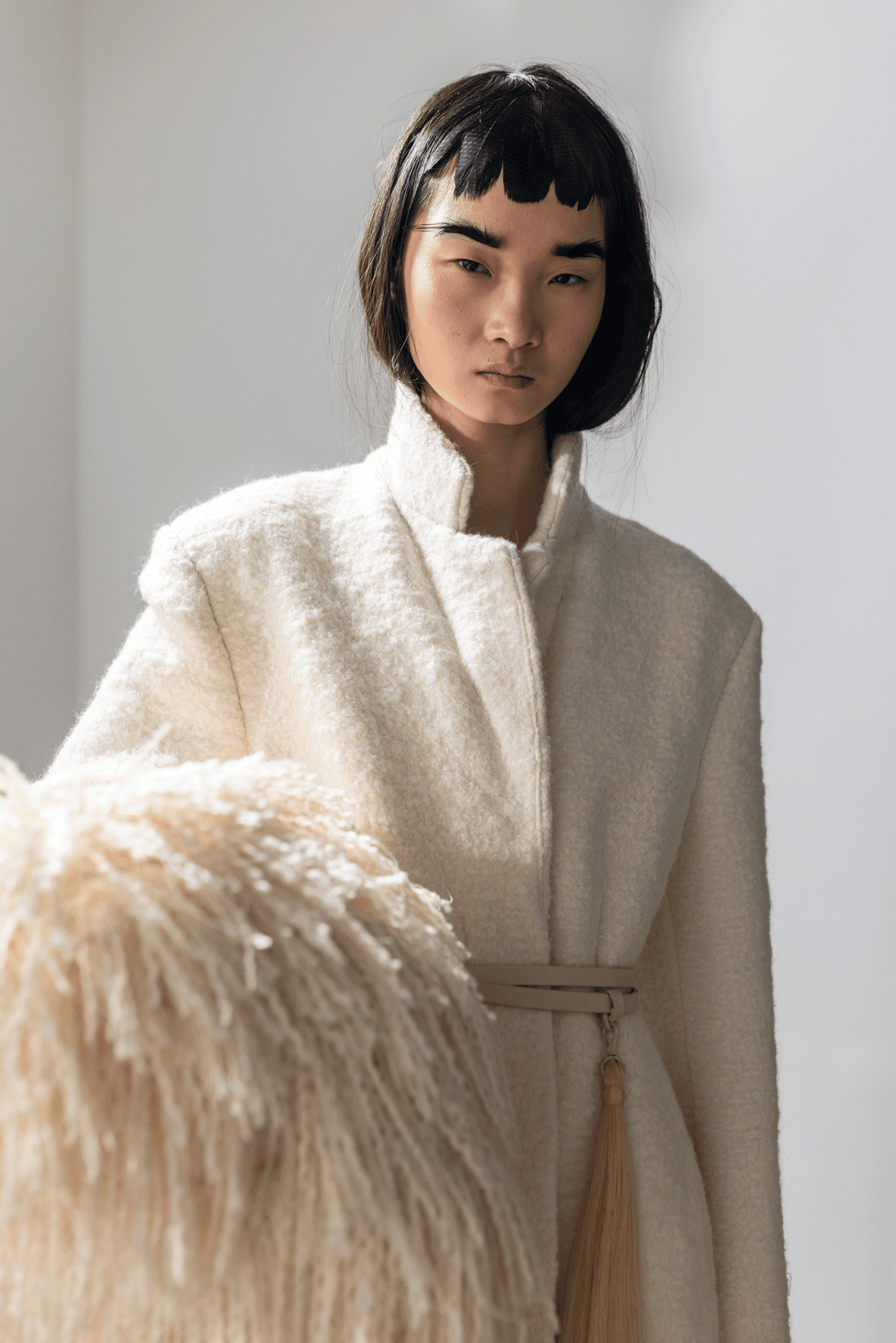
Fforme fall 2025.
As Net-a-Porter’s fashion director, Kay Barron applies her discerning eye to thousands of new offerings. Like Howie, she has noticed a disconnect when it comes to some collections. “I see their runway shows and the vision that they’ve created, and I do think, ‘God, I’d love to have that life. How fabulous does that look?’” she admits. But when it comes to lines like Toteme, Fforme, Tove, Maria McManus, and St. Agni, all of which the e-retailer has seen great success with, she appreciates that they’re rooted in something more solid. “Not the fantasy lives we want to have, but the reality, whether that’s work and motherhood and everything else that’s going on in someone’s life. You still want to look and feel your best.” She also appreciates that they’re not “outrageously expensive” relative to the rest of the luxury market.
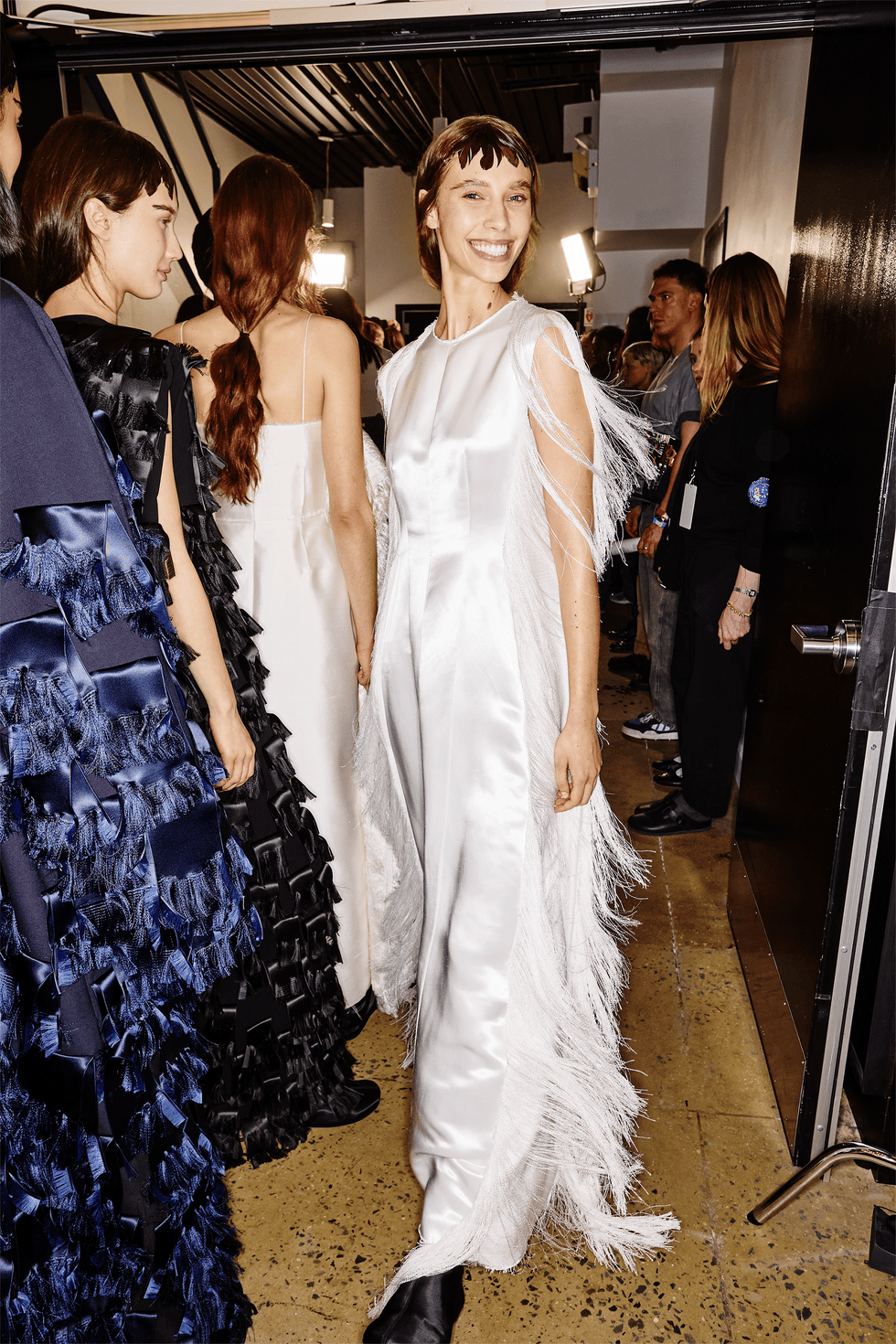
Fforme fall 2025.
For Lara Fells, who designs St. Agni with a small team, her own day-to-day life in the Australian beachside hamlet of Byron Bay helps inform her work. When she cofounded the brand with her husband over a decade ago, “everything was very overembellished. It was the height of the boho era.” Fells had a counterproposal: pared-back, often neutral-hued staple pieces like structured blazers and trousers, things that you could wear to the office and to sip a cocktail afterward. Fells refreshingly admits to being inspired by her own taste. “I feel like it takes a really talented designer to design something that she doesn’t want to wear,” she says. “I can’t do that. That’s an extra-special skill.”
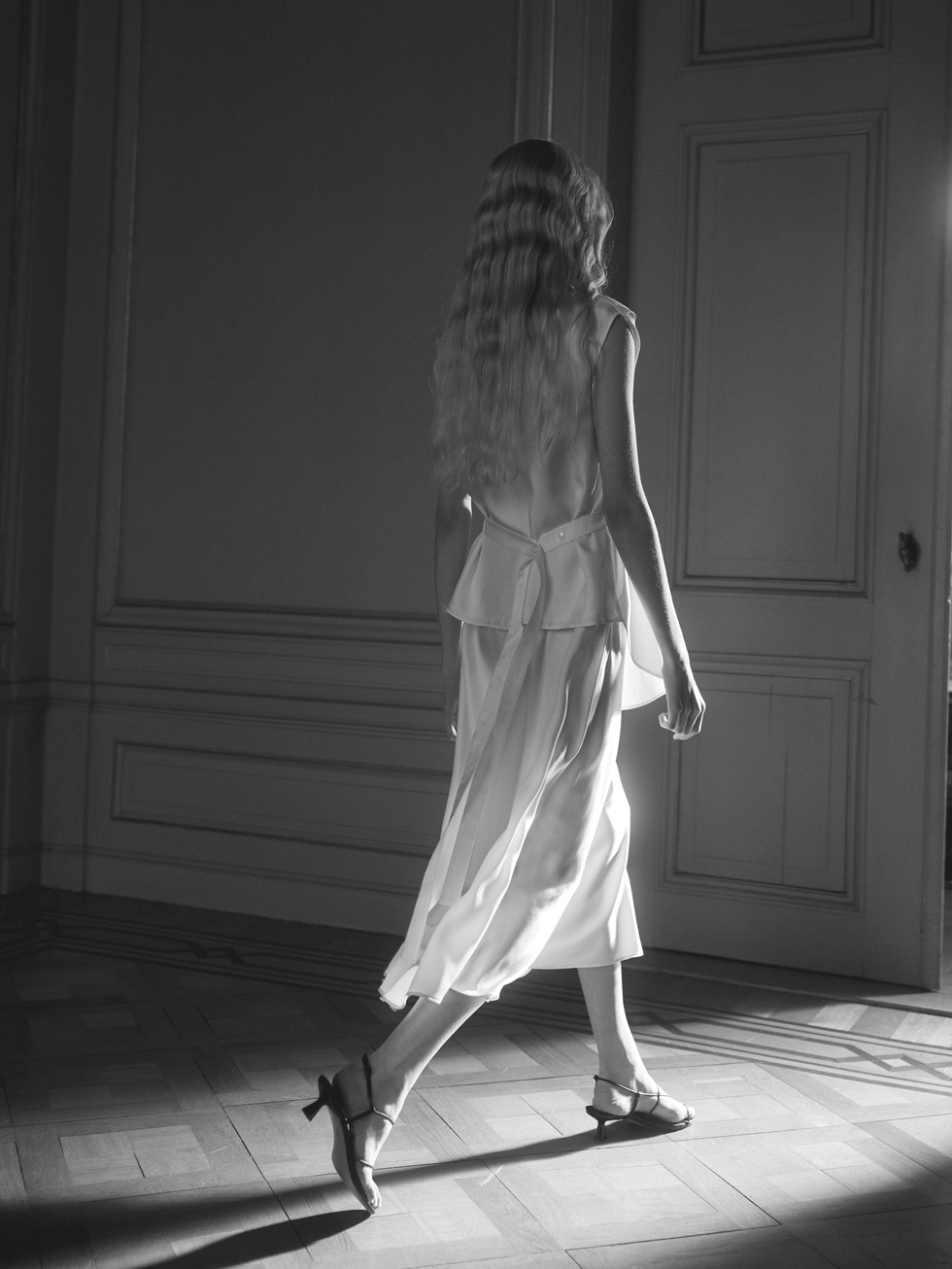
Róhe fall 2025
For many of these designers, much of their success comes down to the throwback power of word of mouth. In the first five years of her business, Fells says, “we did no paid marketing at all. Didn’t spend a dollar on ads, nothing,” instead preferring to build a following organically. Another old-school method has come in handy for McManus, who doesn’t have a brick-and-mortar store: “We do a lot of private shopping events at people’s homes. Customers will reach out to us and be like, ‘My girlfriends love your stuff. Can we do an event?’”
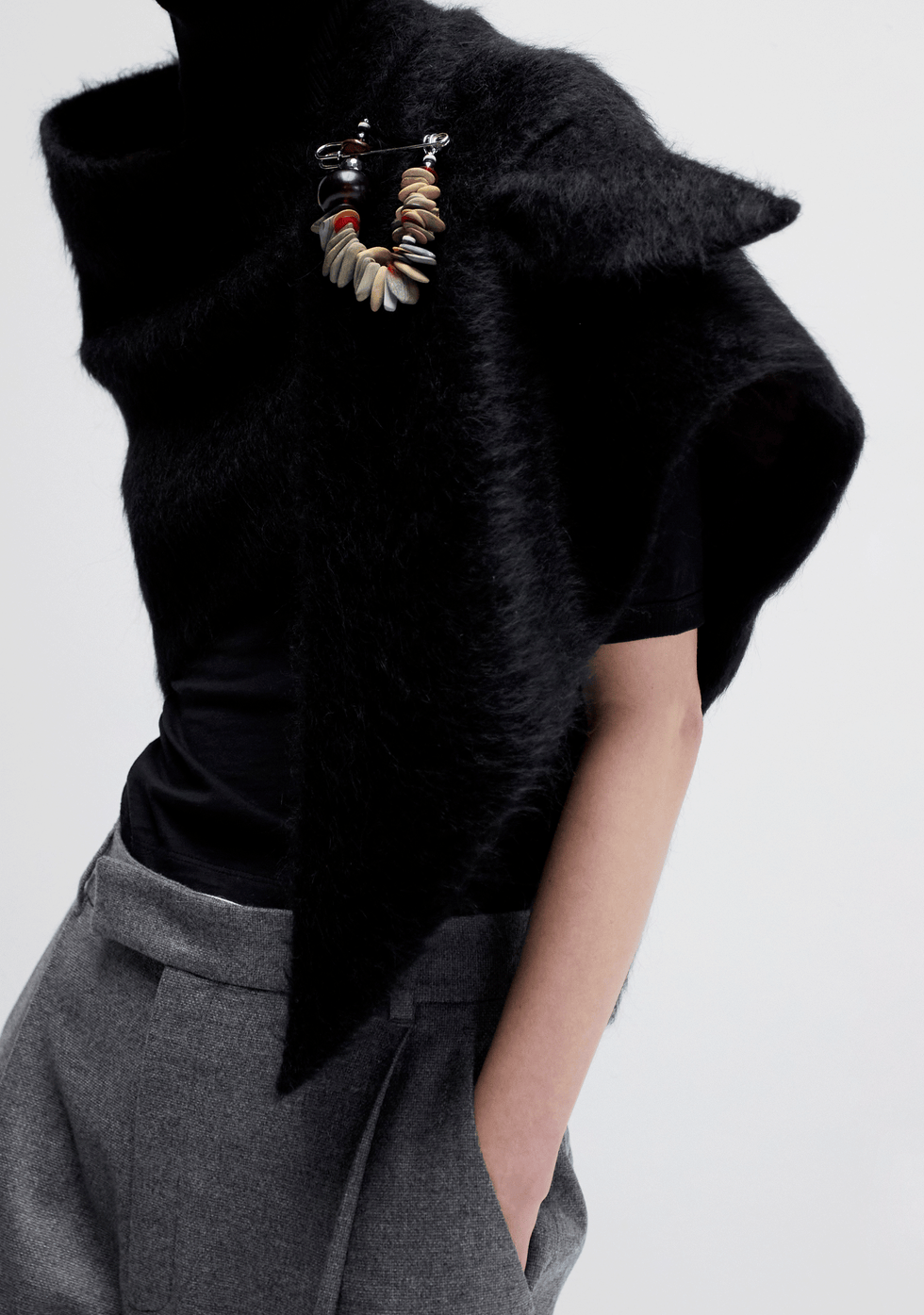
Maria McManus fall 2025.
Tapping into that inner circle has opened them up to an often-overlooked client, the woman who loves fashion and wants to invest in it, but doesn’t care to follow the herd. As Howie puts it: “My girlfriends who are intelligent, well-read, cultured, love art—they want to feel sexy. They want to feel sensual. They want to feel that in a powerful way.”
This story appears in the September 2025 issue of ELLE.
elle





